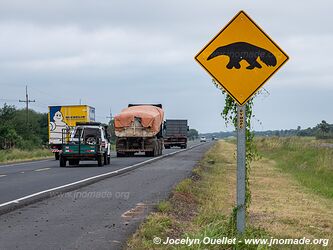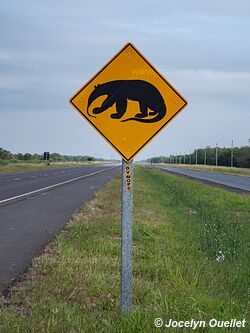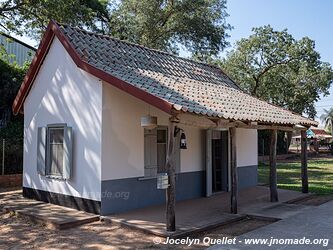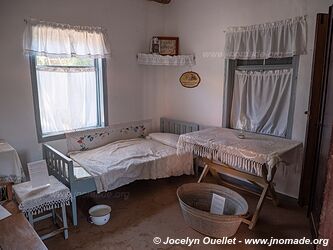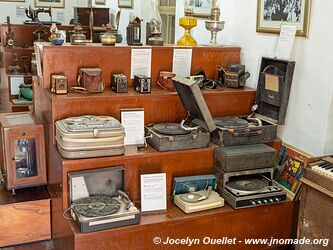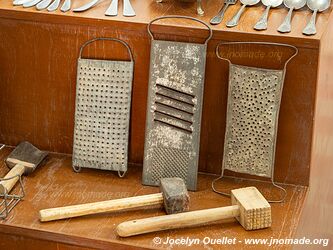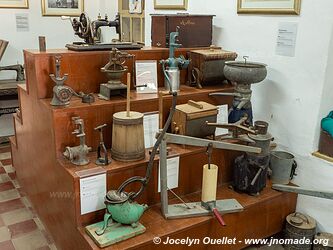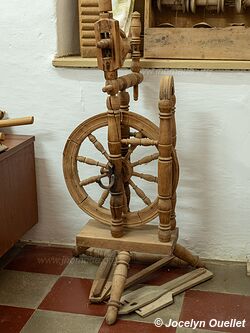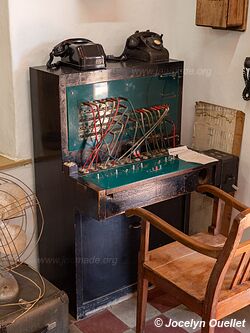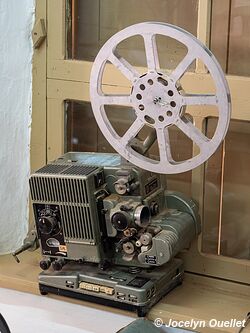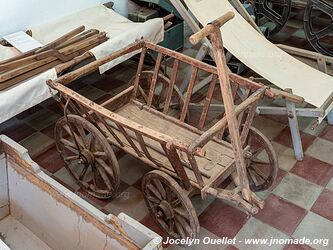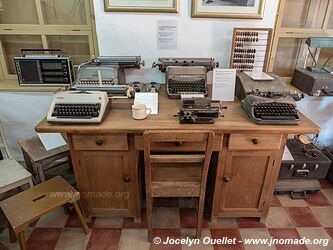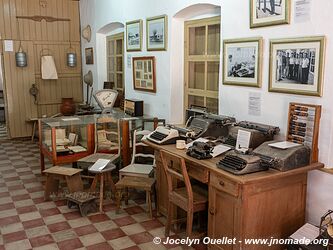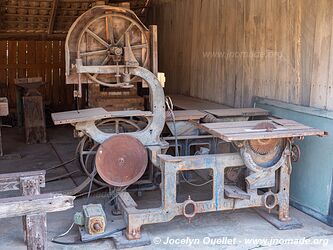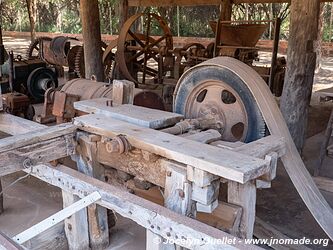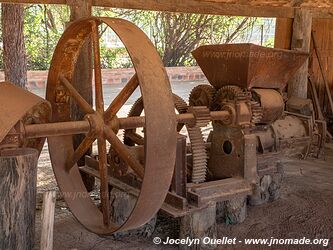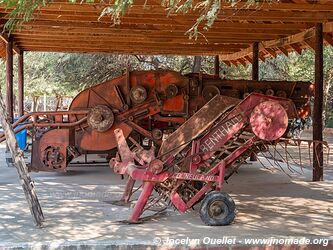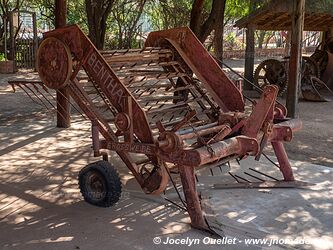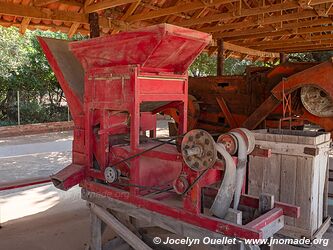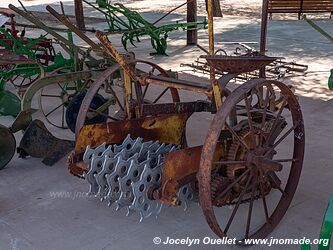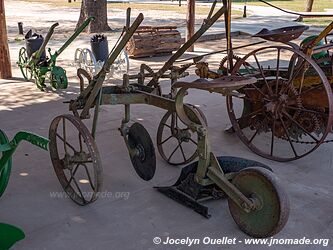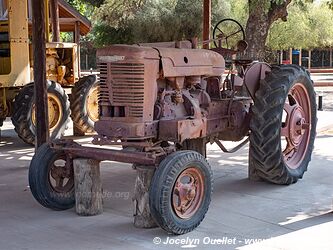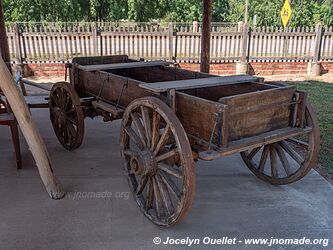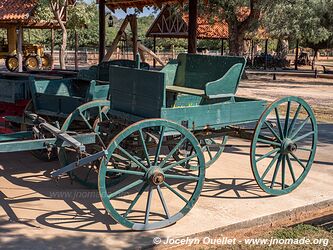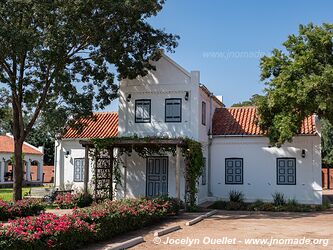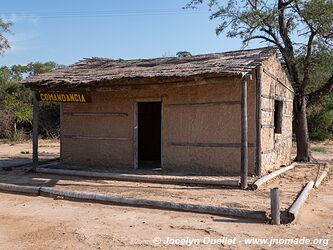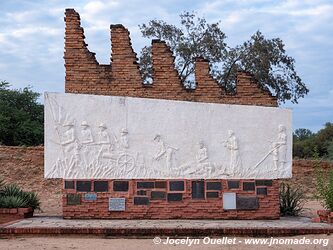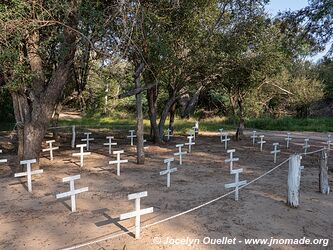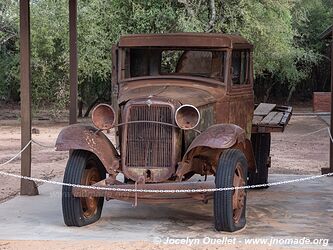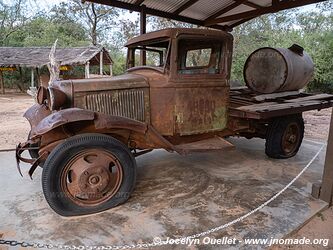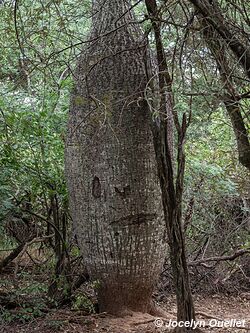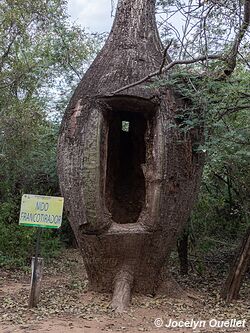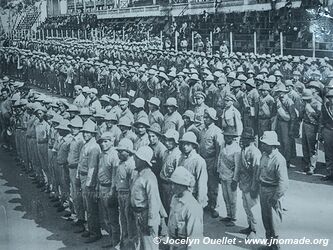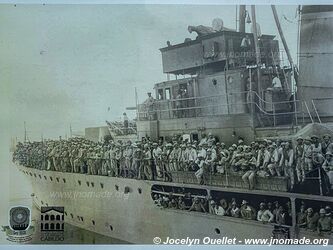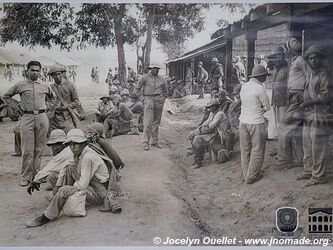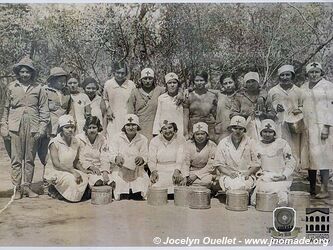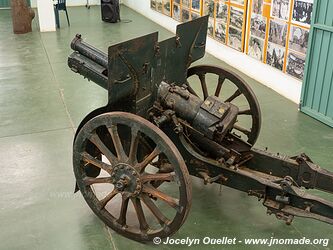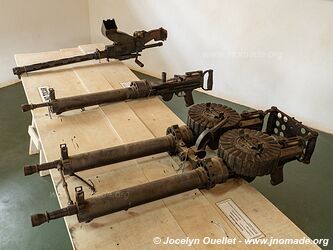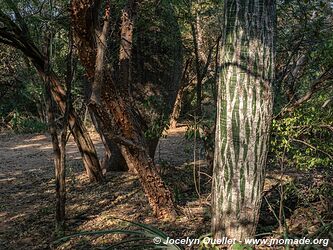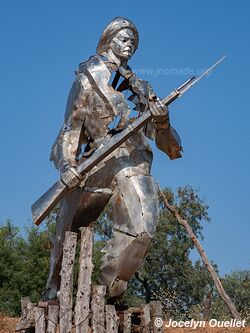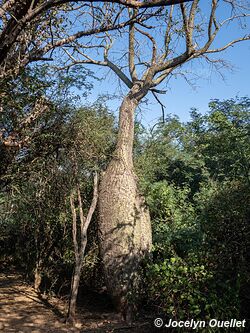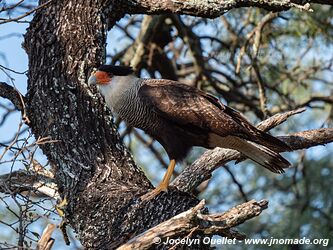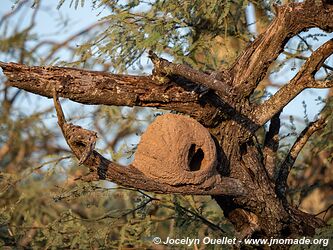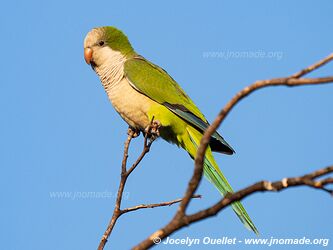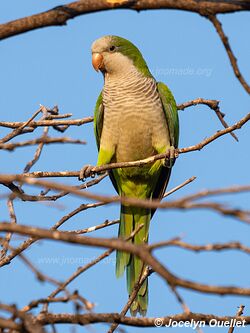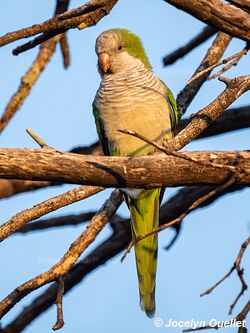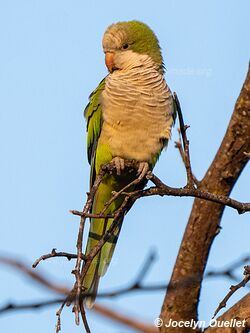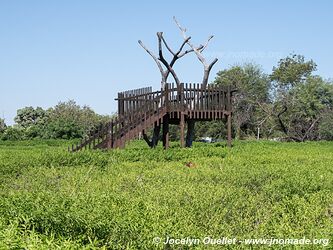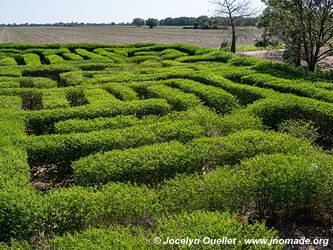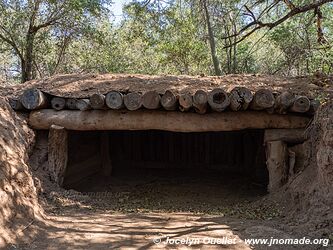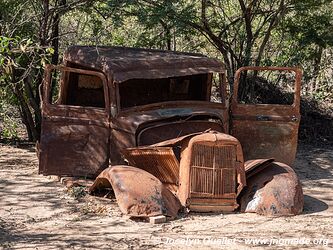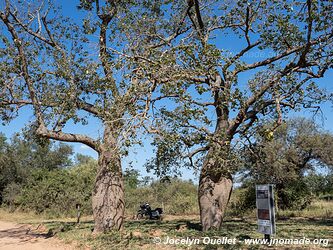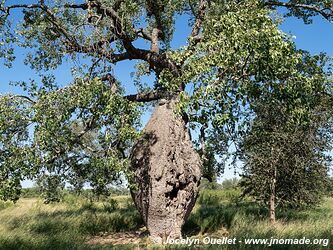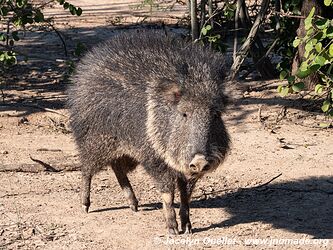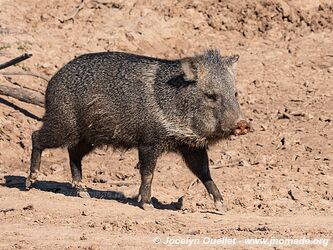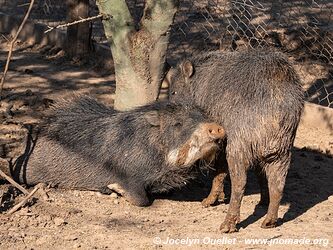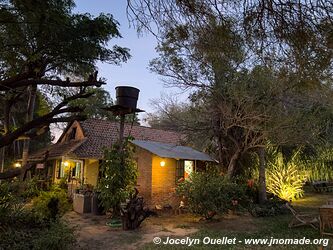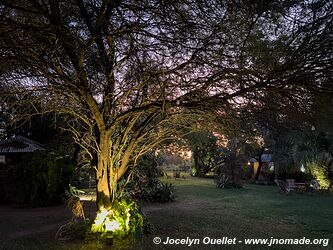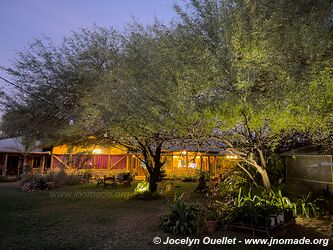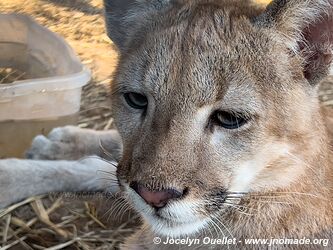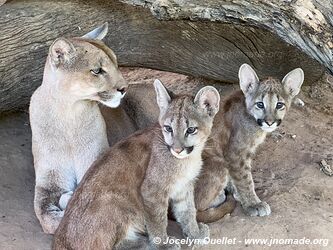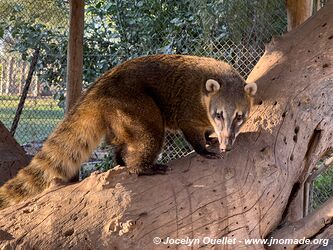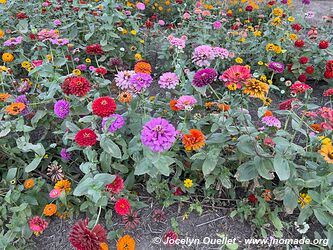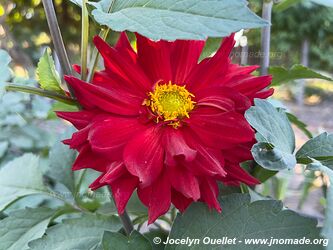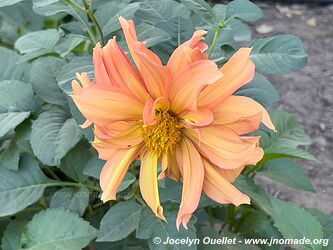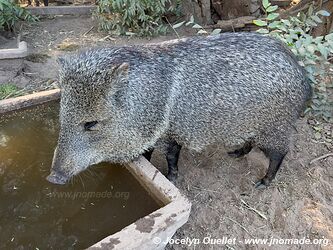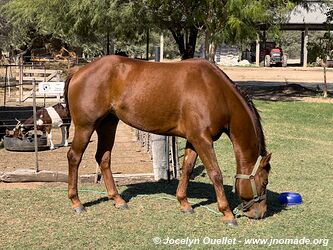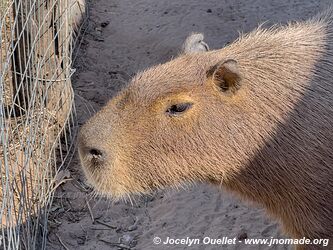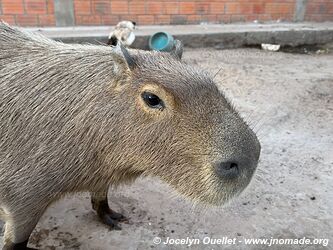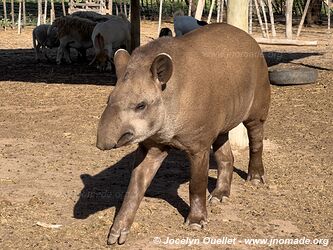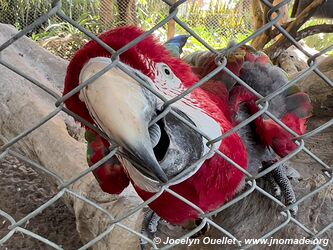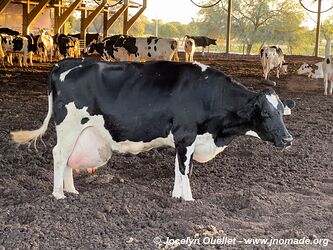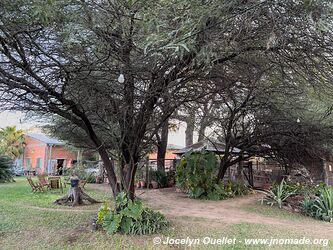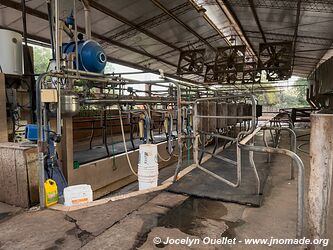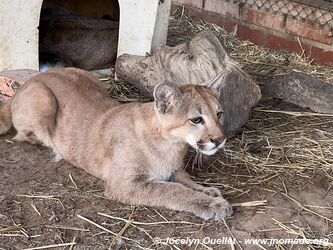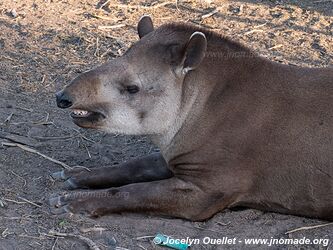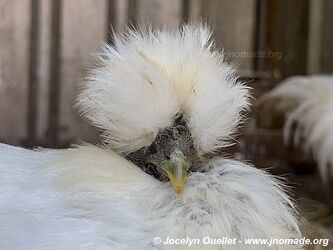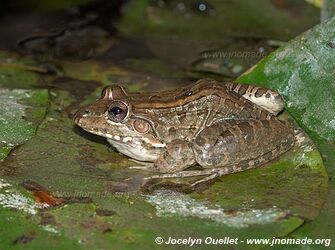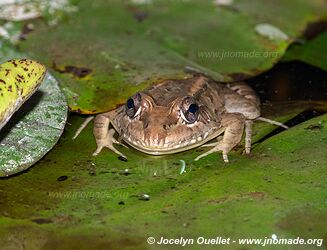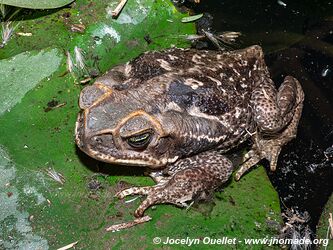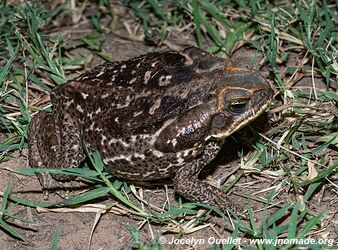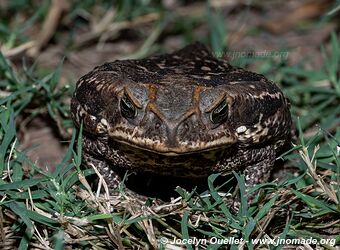The Paraguayan Chaco
A large part of Paraguay lies in the Grand Chaco. This region is characterized by dry tropical forest on a hot, semi-arid plain. This vast plain covers around 60% of the country and also extends as far as Argentina, Brazil and Bolivia. The term Chaco has its origins in the Quechua language, where chaku means hunting territory.
In the centre of the Paraguayan Chaco are three towns founded by Mennonites from Europe: Neuland, founded in 1947, Filadelfia, founded in 1931, and Loma Plata, founded in 1927. The Mennonite movement emerged from the doctrine of Menno Simmons (1496-1561) from the Netherlands, a former Catholic priest who changed his faith and created a new doctrine within the Anabaptist movement (without baptism for minors). The Mennonites of Paraguay have very different physical characteristics to other ethnic groups in South America. Most of them are tall (1.80 metres, 6 feet), have blue eyes and speak a dialect of German mixed with Dutch and Flemish.
Mennonites are known to be excellent workers and excel at farming livestock. Indeed, it takes a very tenacious person to succeed in setting up a livestock farm and cultivating fields in such a dry and hot region. In summer, temperatures can rise to almost 50 degrees Celsius. I spent a week camping on a farm, and the temperature in June reached 35 degrees (June is one of the coolest months... in the southern hemisphere, winter is in July and August).
Initially, I had intended to explore the more northerly region of the Grand Chaco, but when I noticed the heat and especially the road conditions, I quickly became disenchanted. From the capital Asunción to Filadelfia in the centre of the Chaco, the road is asphalt and there are no problems. But further north, the roads are dirt and the dust is infernal. On the few short excursions I've made, I've come across 4x4s or lorries and had to come to a complete stop, as they raised clouds of dust that completely blocked visibility. What's more, the heat makes you sweat a bit and by the end of the day, I was really dirty. So I abandoned the idea.
Neuland
Neuland is one of the towns founded by the Mennonites in 1947. The important characteristics of this doctrine are baptism only for adults, avoidance of all forms of violence, refusal of military service and teaching in their own language. Mennonites have experienced several waves of migration around the world because of a country's refusal to grant them the free right to choose their mother tongue or to refuse conscription or compulsory military service.
Neuland, like the other main towns in this region of the Chaco, has a museum dating back to the town's foundation.
Fortín Boquerón
One of the most significant events in Paraguay's history was the Chaco War. It pitted Bolivia against Paraguay from 1932 to 1935. Bolivia, having lost its access to the ocean during the War of the Pacific (1879-1884), sought to extend its territory into the Paraguayan Grand Chaco in the north of the country. The territory was suspected of containing large quantities of oil. This war is considered to be one of the most violent in South America in the 20th century. The loss of life was enormous, but mainly due to the extreme heat, lack of water and disease.
The Fortín Boquerón was a small military fort built by the Bolivians in 1928. The latter had created a line of forts in the Chaco in order to control the territory there. It was the site of a decisive battle fought by Paraguay against Bolivia. On 9 September 1932, 8,000 soldiers attacked the fort, where 1,200 Bolivian soldiers held out for 20 days before finally surrendering.
Not much remains of the fort, the garrison or the battle that took place there. However, the few vestiges and the museum are a reminder of the horrific reality of trench warfare.
Plant maze near Filadelfia.
Fortín Toledo
Fortín Toledo was also a small military fort built in 1927. Occupied by the Bolivians on 31 July 1931, it was recaptured by Paraguay on 22 January 1933 during a deadly confrontation.
The mission of the Taguà project, located on the protected grounds of Fort Toledo, is to save the Chacoan peccary (Catagonus wagneri). This endemic species is only found in a portion of the Paraguayan Chaco and the far north of Argentina.
There is also the Collared peccary (Dicotyles tajacu), a common species that extends over much of South America. Finally, a third common species is also present: the White-lipped peccary (Tayassu pecari<₃i>).
Orloff Farm
I spent just over a week on a farm in the community of Orloff, near Filadelfia. The owner allowed me to camp in the grounds near the house, and I could also enjoy the small zoo he had created on his land.






